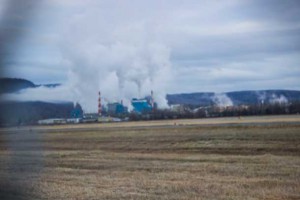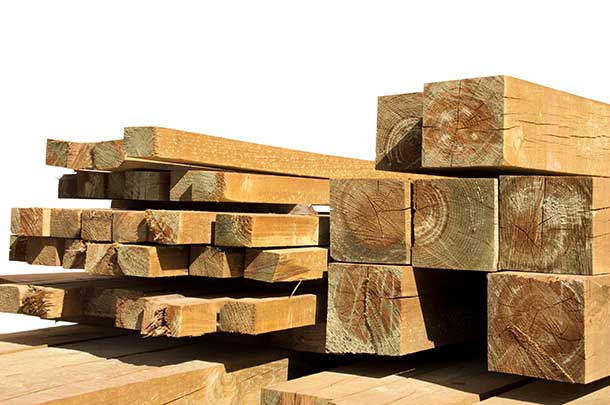
OTTAWA – POLITICS – In spite of its enormous, but rapidly shrinking, contribution to the Canadian economy the forestry sector has never been a priority for this government or the Ottawa crowd in general. With that being said I am happy to report that the Natural Resources Committee of the House of Commons has committed to studying the sector over the next few months.
It is safe to say that the forestry sector has not received the attention that is has deserved given both its economic size and the size of its struggle over the past decade. With these new hearings it is my hope that we can finally give the industry and forestry dependent communities and workers their due and help the sector thrive moving forward.
The theme of the current forestry study is ‘The Renewal of Canada’s Forest Sector,” but it is my firm belief that you can’t know where you are going until you know where you’ve been. My opening remarks reflected this belief and were as follows;
“Thank you very much, Mr. Chair, and thank you to the witnesses for being here today. In particular, Mr. Lindsay [CEO of the Forest Products Association of Canada], nice to see you again as always. I have a second question for you, but I’m going to read some things into the record here just so we can get a sense of then and now as the Chair had outlined in his opening remarks.
I’ll just read some facts into the record about the forest sector and what’s happened since this government took power. Since 2005 annual revenues in the forestry sector have declined from more than $80 billion per year to less than $54 billion in 2013. In 2005 the forestry sector was contributing more than $31 billion to Canada’s GDP each year, but by 2013 it had plummeted to just $21 billion. In 2005 the year this Conservative Government came into power there were 339,000 jobs in the forestry sector. By 2015 there were just 216,500 jobs in the forestry sector. The bottom line is that under this government’s watch 112,000 jobs, or 36% of all the jobs in the forestry sector have been lost in the last 10 years: 21,400 jobs in British Columbia; 40,700 jobs in Ontario; 41,600 jobs in Quebec.
The worst part of this, of course, is the jobs have been lost in just 200 or so so-called forestry dependent communities. You all know the communities: Miramichi, New Brunswick; Shawinigan, Quebec; Fort Frances, Ontario; Pine Falls, Manitoba; Prince George, B.C. These communities, like dozens across Canada, experienced loss. They lost their primary employer and hundreds of good-paying jobs. It was devastating to these small communities as hundreds more spinoff jobs were also lost, along with millions in tax revenue for these small municipalities…”
My opening remarks went on a bit longer before we got into questions for our witnesses from the Forest Products Association of Canada (FPAC), FP Innovations, and the Canadian Boreal Forest Agreement. As the New Democrat Forestry Critic I was simply not prepared to let the Conservative majority on the Natural Resource Committee skate through these hearings without introducing some facts about how the forestry sector has collapsed under their watch and the impact that it has had upon our communities and families over the past decade.
There are seven more meetings planned on the forestry sector this spring, so if you’d like to hear the audio from the first two meetings and future ones, you can visit this website which will redirect you to an official parliamentary website (with a much longer title): (http://tinyurl.com/RNNRaudio). You can also read the official transcripts of the meetings at: (http://tinyurl.com/RNNRmeetings).
It is my plan to be at most if not all of these forestry related meetings, and to do my part in our effort to chart a better way forward for Canada’s forestry sector and the communities and families that depend upon them.
John Rafferty MP
Thunder Bay Rainy River

